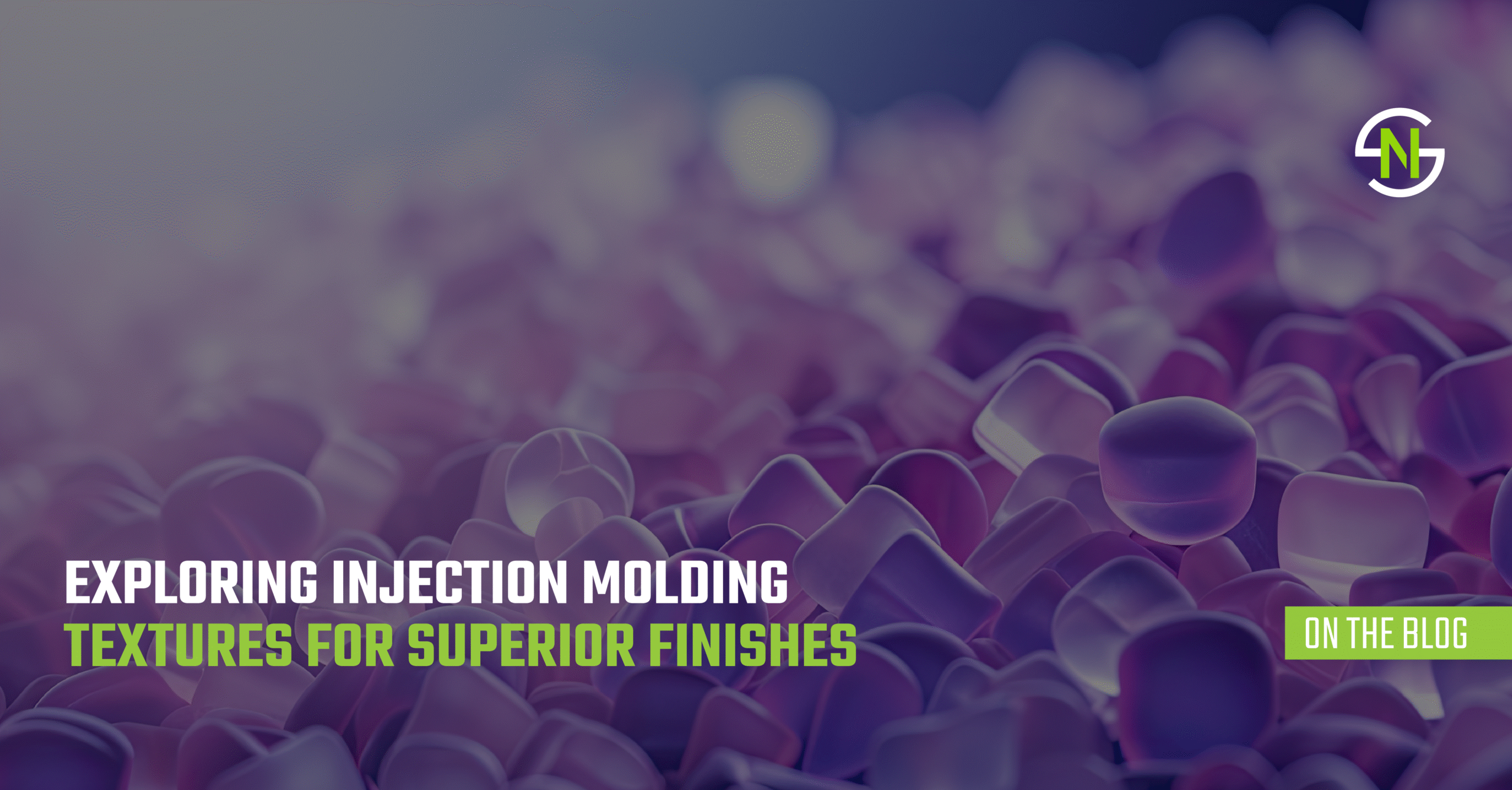
Injection molding textures play a crucial role in achieving superior finishes, enhancing the look, feel, and functionality of molded parts while minimizing defects and improving surface consistency.
In the competitive landscape of modern manufacturing, the subtleties of product design can make a world of difference. One often-overlooked aspect is the role of injection molding textures in enhancing the aesthetic and functional characteristics of products.
By mastering various texture designs and surface finishing techniques, manufacturers can elevate their products, ensuring they stand out in the market.
What Is the Importance of Understanding Injection Molding Textures?
Injection molding is a versatile manufacturing process that involves injecting molten plastic into a mold to create various products. However, the quality of the final product is not merely about getting the shape right.
Texture plays an integral role, as it affects both the visual appeal and tactile experience. Injection molding textures can range from smooth finishes to intricate patterns, each serving a unique purpose in product functionality and brand identity.
What Are the Key Surface Finishing Techniques?
There are several surface finishing techniques that can significantly impact the appearance and functionality of molded products. Here are some notable methods:
Sanding and Polishing
This traditional method creates a smooth surface by removing imperfections. It is ideal for parts requiring a clear or glossy finish. In addition, sanding and polishing can help reduce friction or prepare surfaces for secondary treatments like coating or bonding.
Texturing Tools
Specialized tools imprint designs directly onto the mold during production, providing consistent and repeatable textures. This technique allows manufacturers to create functional patterns, such as anti-slip surfaces, or decorative effects that enhance the product’s visual appeal.
Coating
Applying a coating can add a variety of textures and colors, enhancing both aesthetics and functionality, such as UV resistance or chemical protection. Coatings can also extend the lifespan of molded parts and provide additional resistance to wear, scratches, and environmental exposure.
Future Trends in Texture Design and Plastic Molding Enhancements
As technology evolves, so do opportunities to enhance the injection molding process. Manufacturers are exploring ways to cut costs while improving functionality and aesthetics through advanced surface texturing.
Future trends point to industrial textures that go beyond traditional patterns. Smart textures can change properties based on external factors, offering adaptive functionality for specialized applications.
Sustainable materials are increasingly important. Eco-friendly textures that reduce waste and improve recyclability are becoming crucial for responsible manufacturing.
3D texturing also expands possibilities. Advances in 3D printing allow intricate textures to be integrated into injection molding, creating detailed and functional surfaces previously unattainable.
Elevating Your Products through Injection Molding Textures
The effectiveness of injection molding textures should not be underestimated. By incorporating a variety of surface finishing techniques and staying abreast of emerging trends, manufacturers can significantly enhance their products’ marketability and functionality.
Are you ready to enhance the surfaces of your products?
Nova Stevensville delivers high-quality, custom plastic molded components with precision and efficiency. With over 100 years of combined experience in automotive plastics and a state-of-the-art facility housing 26 injection molding machines, we provide tailored manufacturing solutions that meet the highest standards of quality and reliability.
Contact us today to discuss your requirements and receive a detailed quote.
